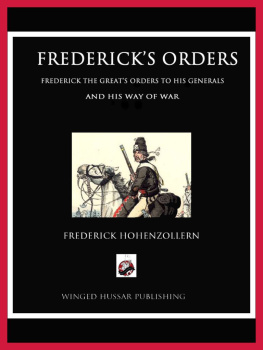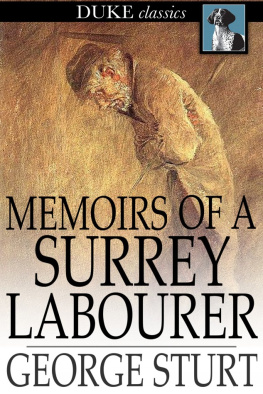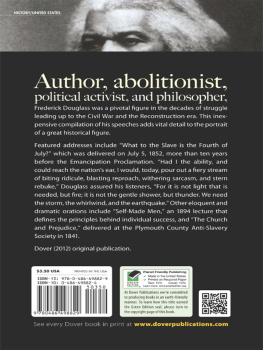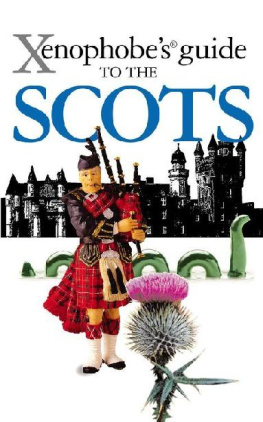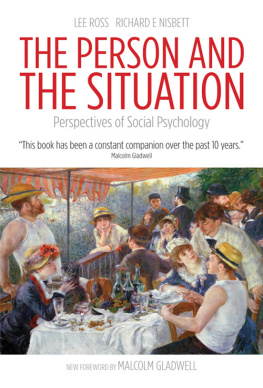Preface.
Table of Contents
Notwithstanding the multitude of books that have been written relating to its history and antiquities, the History of London still remains to be written, a work that cannot, from its ocean-like infinitude of matter, be accomplished by a single hand, but will require the combined action of a multiplicity of labourers.
By London is here meant, not the vast aggregation of buildings and population spreading into four or five counties but that small fraction lying north and south of the Thames, which is under the jurisdiction of the Lord Mayor of Londonthat portion which was a considerable emporium of trade under the Celtic Trinobantes; a military post and seat of commerce under the Romans, with roads, of which one still retains its name of Watling Street, in the centre of London, all radiating from a central miliarium, which may still be seen, a venerable relic of sixteen centuries of age, in the wall of St. Swithin's Church; which was a capital city and place of great mercantile importance under the Saxons and the Danes, and has in the subsequent thousand years, gradually expanded its limits, and gathered population, wealth, and commerce, until it has become the capital of the world, in magnitude and wealth unprecedented, to which the capitals of other nations are but as provincial cities: so vast and rich that Blucher might well exclaim, when shewn its banks and docks, its warehouses and shops"Ye gods! what a place to sack."
Notwithstanding the many books in existence, descriptive of the various phases of London, it appeared to the publishers there was still room for a small, handy, and compact volume, of moderate price, which should give a clear and comprehensive view of some of the more salient features of the bygone history of the old city, which they presume to hope may be found in this volume.
BYGONE LONDON.
The Walls and Gates.
Table of Contents
In prehistoric ages the valley of the Thames formed the bed of an estuary or arm of the sea, whose waters flowed over the low lands of Essex, and whose waves dashed against the sloping uplands of Middlesex and Surrey, on whose summits now stand the Crystal and Alexandra Palaces. In process of time, by the deposition of silt brought down from the west, and of sand brought up by the flow of the tide, the estuary was reduced to a river, afterwards still further reduced in width by the embankments made by the Romans along the coast of Essex; and the land intervening between the then and the former shores became a succession of fens and morasses, some of which remained to comparatively modern times, and have their localities indicated by such names as Moorfields, Fenchurch, Marsh-gate, Lambeth, etc.
Amongst these morasses were oases of high and firm land; and beyond, spreading up and over the slopes of the uplands, there grew a dense forest, the home of wolves, boars, and other wild animals. Upon one of these spots of dry land, at the time of the invasion of Csar, might be seen a village of wattled or mud-built and thatched huts, inhabited by the Celtic aborigines, with cattle and hogs feeding in the midst, a few patches of cultivated land, and beyond, the forest. This was the nucleus of the mighty London of the present, and is supposed to have occupied a space of some quarter of a mile along the river shore, with Dowgate for its centre, and stretching northward as far as Cheapside. In all probability it would be surrounded by earthworks, ditches, and stockades, for the purpose of defence, and would otherwise be protected by the broad stream of the Thames, and by the Fleet river on the west, and Walbrook on the east.
When the Romans completed the subjugation of the southern part of Britain and began to make settlements, their practical sagacity at once perceived the eligibility of this spot as a centre of commerce; and in a short time it put on the appearance of a Roman city, and gradually became adorned with residential houses after the Roman fashionwhose tesselated pavements and other decorations are still often exhumedwith marts of commerce, temples of the gods, basilic, baths, amphitheatres, and other architectural appliances of an important city.
At what period the Romans substituted a wall of defence in place of the old earthworks is uncertain, but previous to its construction they appeared to have erected two forts on the north bank of the Thamesone at the eastern extremity of the City, where the tower now stands; the other at the western end, where the Fleet fell into the Thames. That it was an open town, or very imperfectly defended, in the middle of the first century, is evidenced by the facility with which Queen Boadicea, temp. Nero, entered it with her army, slaughtered the inhabitants, and most probably burnt it, as the charred remains of a great conflagration have been frequently found in making deep excavations. Henry of Huntingdon, and some other of the old chroniclers, tell us that it was first walled by Constantine the Great, at the request of his mother Helena, and that the materials he made use of were hewn stone and British bricks, and that it was in compass about three miles. Camden seems to credit this statement, from the fact that coins of the Empress Helena have been found under the wall, but as these might have been in circulation long after her death, it only goes to prove that the wall was not built before her era. Constantine died in the year 337, and we find some twenty-five years afterwards London was entered and pillaged, and the inhabitants reduced to a state of great misery, by a combined army of Picts, Scots, Saxons, and Franks, which would scarcely have been possible if it had been walled, and defended by the disciplined soldiers of the empire. The probability seems to be that the walls were either built or commenced by Theodosius, the Roman general, afterwards emperor, who in the reign of Valentinian, came to Britain with an army, utterly routed the pirates and freebooters, and entered London in triumph, where he remained for a considerable period; and we are told by Ammianus Marcellinus that before he left the island he restored to their ancient sound condition both the towns and military strongholds throughout the country, and put everything in such a state of defence that peace was maintained until the reign of Honorius, when Britain was abandoned by the Romans. Hence we may arrive at an approximate date for the building of the walls. Constantine came to the throne in 306, and Valentinian died 375: and it is almost certain that it took place some time within these 70 years, the balance of evidence seeming to refer it farther to the period of the sojourn of Theodosius in Britain, or about 36870.
Fitzstephen is the earliest writer who mentions the wall. He lived in the reign of Henry II., towards the end of the twelfth century, and describes the wall as high and thick, with seven double gates and many towers and turrets placed at proper distances. Originally there were only four exits from the Cityby way of Aldgate on the east, Cripplegate on the north, Newgate on the west, and Dowgate on the south; the latter was the entrance to the "Trajectus," or ferry across the Thames, and derived its name from Dwr or Dourwater; or perhaps from Dwyr Dover, as leading to the Dover-road. Near to this gate was placed the





